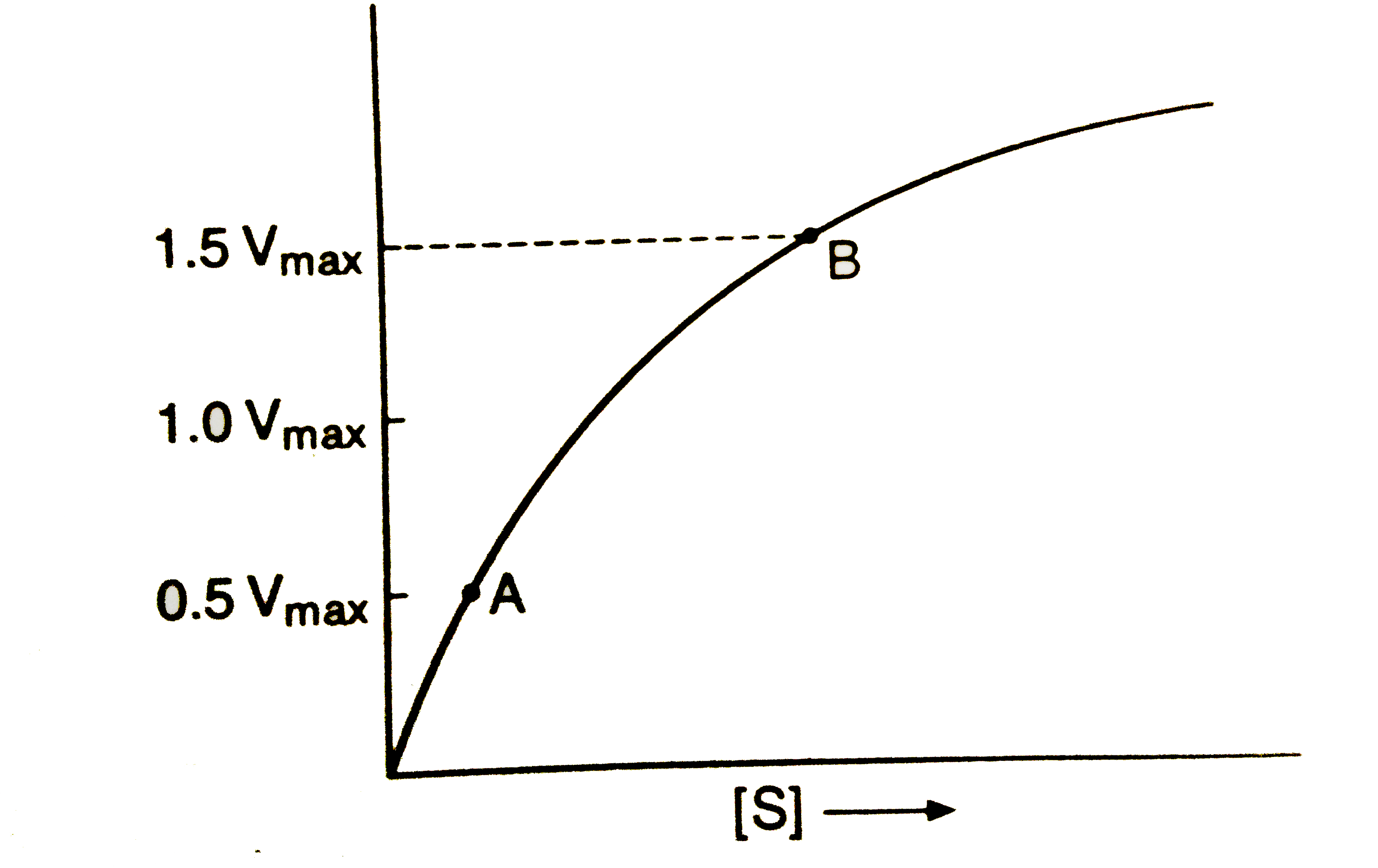Conisder the following proposed mechanism
Ak2⇐⇒k1B , B+Ck3−−→D
For the overall reaction A+C→D, assuming B to be an intermediate described by the steady state approximation, write the rate expresison for [A].
Applying steady state approximation for [B], gives
d[B]dt=k1[A]−k2[B]−k3[B][C]=0
[B]=k1[A]k2+k3[C]
Writing rate expresison for [A] and substituting the expresison for [B] gives
−d[A]dt=k1[A]−k2[B]=k1[A]−k2k1[A]k2+k3[C]
=k1k3[A][C]k2+k3[C]
Topper's Solved these Questions
- CHEMICAL KINETICSBOOK - CENGAGE CHEMISTRYCHAPTER - CHEMICAL KINETICSEXERCISE - Ex 4.1 (Objective)
9 Videos
- CHEMICAL KINETICSBOOK - CENGAGE CHEMISTRYCHAPTER - CHEMICAL KINETICSEXERCISE - Ex 4.2 (Objective)
10 Videos
- CHEMICAL KINETICSBOOK - CENGAGE CHEMISTRYCHAPTER - CHEMICAL KINETICSEXERCISE - Archives Subjective
23 Videos
- CARBOXYLIC ACIDS AND THEIR DERIVATIVESBOOK - CENGAGE CHEMISTRYCHAPTER - CARBOXYLIC ACIDS AND THEIR DERIVATIVESEXERCISE - Exercises Archives (Analytical And Descriptive)
34 Videos
- COORDINATION COMPOUNDSBOOK - CENGAGE CHEMISTRYCHAPTER - COORDINATION COMPOUNDSEXERCISE - Archives Subjective
18 Videos
Similar Questions
Conisder the following proposed mehanism
A2⇔2A(k1)
A+B⇔C(k2)
A2+C→D+A(k)
For the overall chemical equation A2+B→D, assuming that the equlibria are rapidly established in the first two steps, write the rated expresison for [D].
View SolutionConisder the following mechanism:
A2⇔2A(k)
A+B2k1−−→C+B, B+A2A2−−→C+A
For the overall chemical equation A2+B2→2C.
Assumming that the equilibrium is rapidly established and the steady approximation is valid for [B], write the rate expresison for [C].
View Solution
Knowledge Check
Consider the following reactions,
A+Bk1⇐⇒k−1C,C+Bk2−−→D
The rate in terms of −d[B]dt will beAk1[A][B]−k−1[C]Bk1[A][B]−k1[C]−k2[C][B]Ck1[A][B]−k2[C][B]Dk1[A][B]−k−1[C]+k2[C][B]Consider the following hypothetical reactions
Ak1⇐⇒k2B , Bk3−−→slowC
The overall rate constant kθ of the reaction isAk3k1k2Bk1k2k3Ck1k2k3Dk1−k2k3Conisder the following reactions:
I. A+Bk1⇐⇒k−1C
II. C+Bk2−−→D
Then k1[A][B]−k−1[C]−k2[C][B] is equal toA−d[A]dtB−d[B]dtCd[C]dtDd[D]dt
A proposed mechanism for a reaction A→B is
Ak1⇐⇒k2C Ck3⇐⇒k4B
Determine the expresison for the equilibrium constant for the overall reaction in terms of the rate constants.
View SolutionConsider the reaction mechanism:
A2keq⇐⇒2A(fast) (where A is the intermediate.)
A+B−−→k1P(slow)
The rate law for the reaction is
View SolutionAn enzyme [E] is combined with the substrate [S] as follows:
E+SK1⇐⇒K−1ES
ESK2−−→P+E
The overall reaction rate is given by:
Rate =Vmax[S]Km+[S] and the rate of reaction varies with substrate concentration as:

The order of reaction at point A is :
View SolutionFor 2AB+3C32Ck2−−→3D. Which of the following is correct :
View SolutionThe mechanism of the reaction A+2B→C+D is:
Step I: A+Bk1⇐⇒k2I
Step II: B+Ik3−−→C+D
In the first step is a fast equilibruim , then the incorrect statement is :
View Solution
